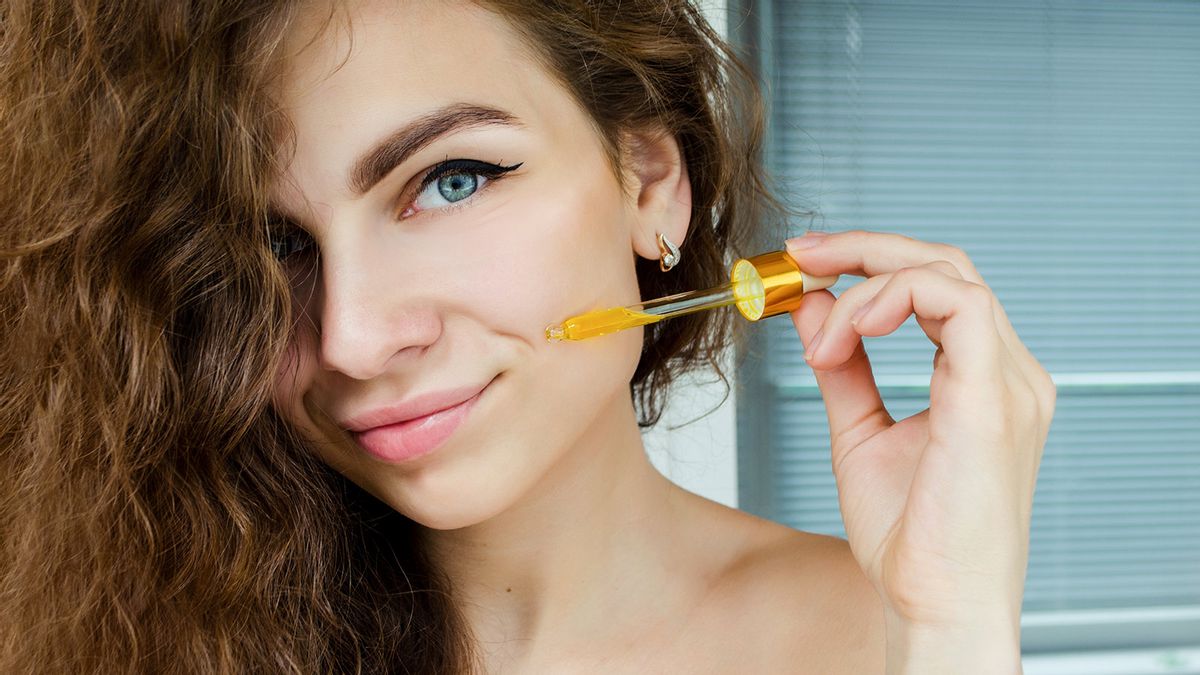From how to choose the right face oil to how best to apply it, here’s the ultimate beginner’s guide to get started with face oils.
To oil or not to oil is a question which often pops up in our minds, especially when face oils are the toast of the season. While it certainly seems like the missing link to glowing skin, it’s also a tricky category in skincare. Select an oil which is not suitable for your skin concerns, and you are most likely to harbour a break out. On the other hand, if you manage to home on to the one which aligns with your skin’s needs, you are in for a treat. They help moisturise and hydrate the skin, prevent breakouts, support healthy collagen production and reduce pigmentation.
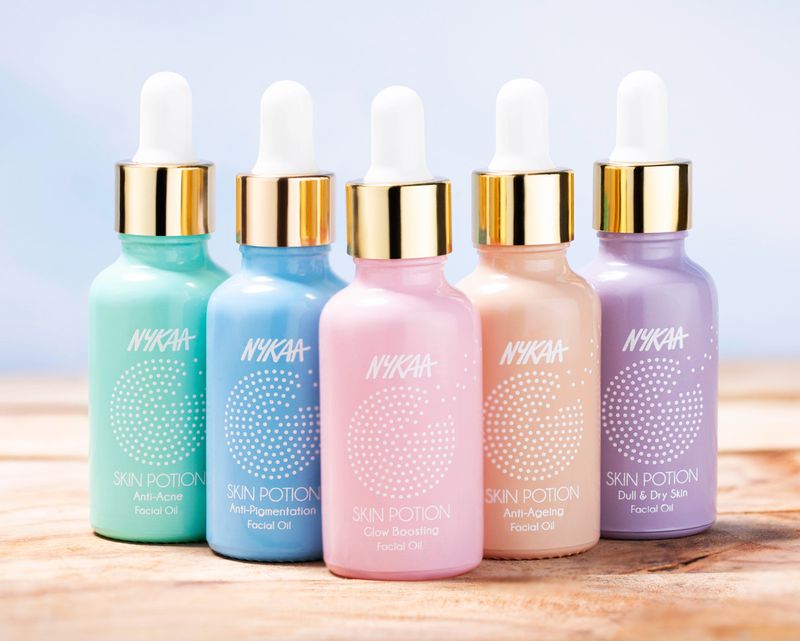
Efficacy apart, the reason why oil is trending in skincare is that they don’t need preservatives for shelf life unlike water-based creams, gels and moisturisers. In an industry where the conscious consumer is reading the labels and looking out for botanical ingredients with minimal chemicals, oils fit the bill. However, they come with a caveat. You have to be more aware of your skin type and concerns, and also be ready to put in the time to understand the nature of oils.
An introduction to face oils
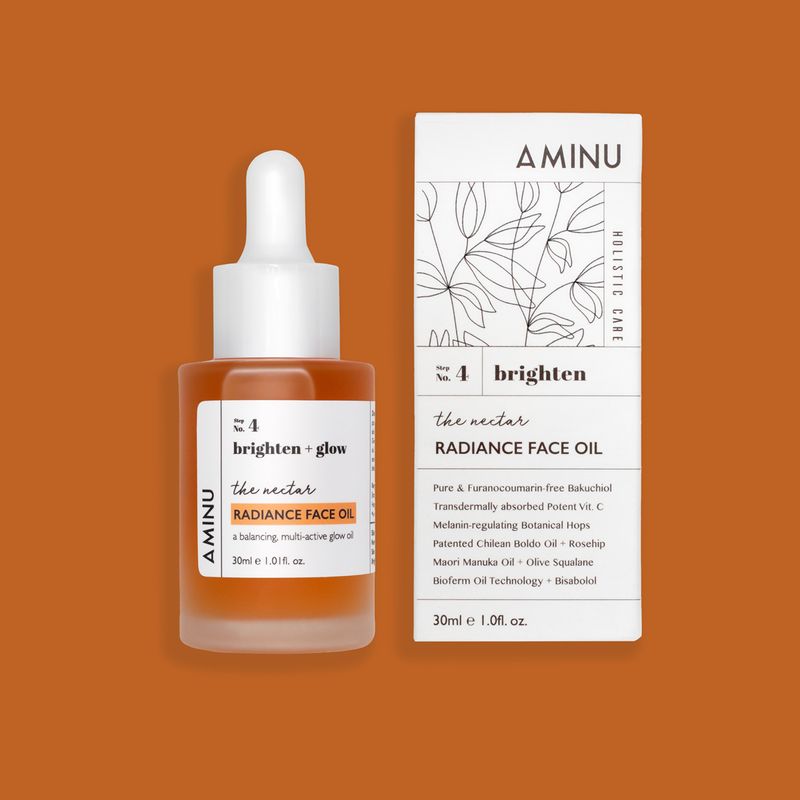
“Oils have been a crucial part of the beauty regimes to the queens and a base of Ayurvedic traditions and medicine. Oils help re-balance and regulate the skin’s natural oil production and strengthen its barrier function. Each oil has a specific nutrient, vitamin and fatty acid profile. Every plant oil has its own energetic signature that has the ability to oxygenate, hydrate, stimulate, relax, detox the skin, and most importantly soothe inflammation,” explains cosmetologist Prachi Bhandari, and co-founder, Aminu.
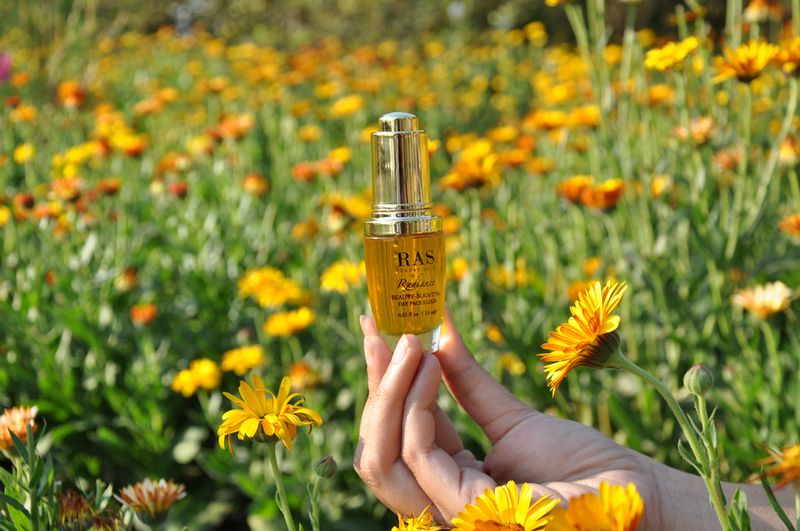
Oils can help improve the skin barrier. Also known as the acid mantle or the moisture barrier, this is the primary connection between you and the outside world. “Facial oils can be absorbed via trans-cutaneous absorption. In fact, essential oils have been shown to be quickly absorbed transdermally, showing up in the blood shortly following application,” adds Bhandari.
A bet that never goes wrong is squalene (derived from olive oil) as its molecular structure is similar to the skin’s own, hence penetrates deep into the skin and targets concerns at a cellular level. “It boosts cell regeneration, heals chapped skin, prevent UV damage to skin and softens rough-textured skin, leaving no oily residue,” explains Bhandari.
How to choose the right face oil?

For the face, choose light oils as they have a smaller molecular size. Look for jojoba, argan, squalene, hemp, grapeseed and rosehip oils as they are absorbed into the skin without clogging the pores.
Celebrity-dermatologist Dr Geetika Gupta, founder of ISAAC Luxe, suggests keeping the skin type in mind as the primary factor when choosing oils. “Oily skin can be stripped of its natural lubricants due to over-cleansing; therefore, it also needs oils to stay balanced and healthy. Those with oily skin should choose oils with anti-inflammatory properties, like hemp seed oil and jojoba oil,” recommends Dr Gupta. These oils can also make enlarged pores appear smaller and less noticeable as they have anti-inflammatory properties.

Keep dry skin revitalised with oils that are rich in vitamins in order to plump and restore dull skin and dry spots. “Marula oil is lightweight; it absorbs easily, which makes it an effective moisturizer for drying or ageing. Antioxidant-rich oils like argan and camellia absorb quickly and create a protective barrier against free radicals that can damage and age the complexion. They work best for combination skin type,” she adds.
Acne-prone skin must stay away from comedogenic oils, which can have the reverse effect. According to Dr Gupta oils that contain ingredients like tea tree work best for acne-prone complexions to clarify and detox the face and prevent and treat blemishes. Opt for lighter oils like jojoba, squalane and tea tree oils. These face oils contain ingredients that can kill acne-causing bacteria and help slough off dead skin cells.”
A minimalist skincare routine with face oils
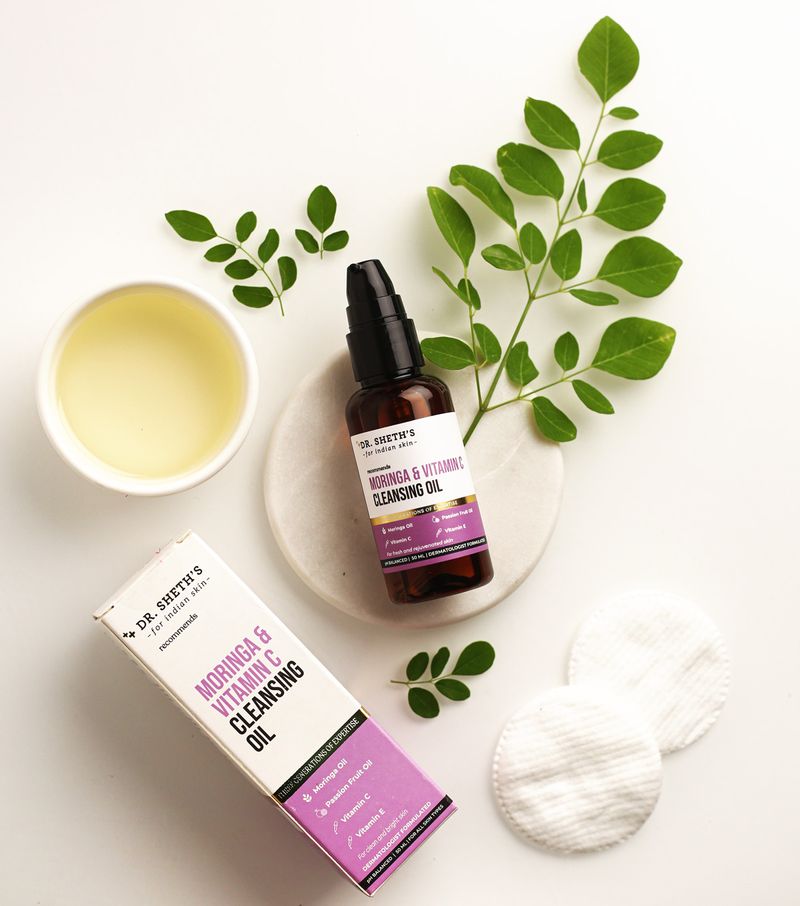
Does the face oil replace a moisturiser? Does it work better as a PM routine versus the product to start the day with? Dr Gupta shares the ideal skincare routine, if you are starting out with face oils. Start with a cleanser. You can layer it with moisturiser for enhanced benefits. If you are using face oils, you can skip the serum.
“Less is always more with oils. Gently press the oil on clean face and neck and with very light circular motions on your forehead, temples, cheeks, and jaws (always moving in an upward movement). Be sure to massage your ears, especially your ear-lobes—home to essential marma points or nerve endings,” points out Bhandari.

The best time to apply oils is determined by your skin type. For oily skin, the best time maybe during the night as the sebum secretion is lowest during the evening. “When it comes to dry skin, add a few drops of facial oil to layer under your makeup, as the dry skin doesn't make enough sebum, therefore applying a face oil in the morning and even at noon can give it a dewy luminosity,” says Dr Gupta.
Last but not the least, always do a patch test of the face oil to ensure your skin agrees with it, and there are no allergies.


